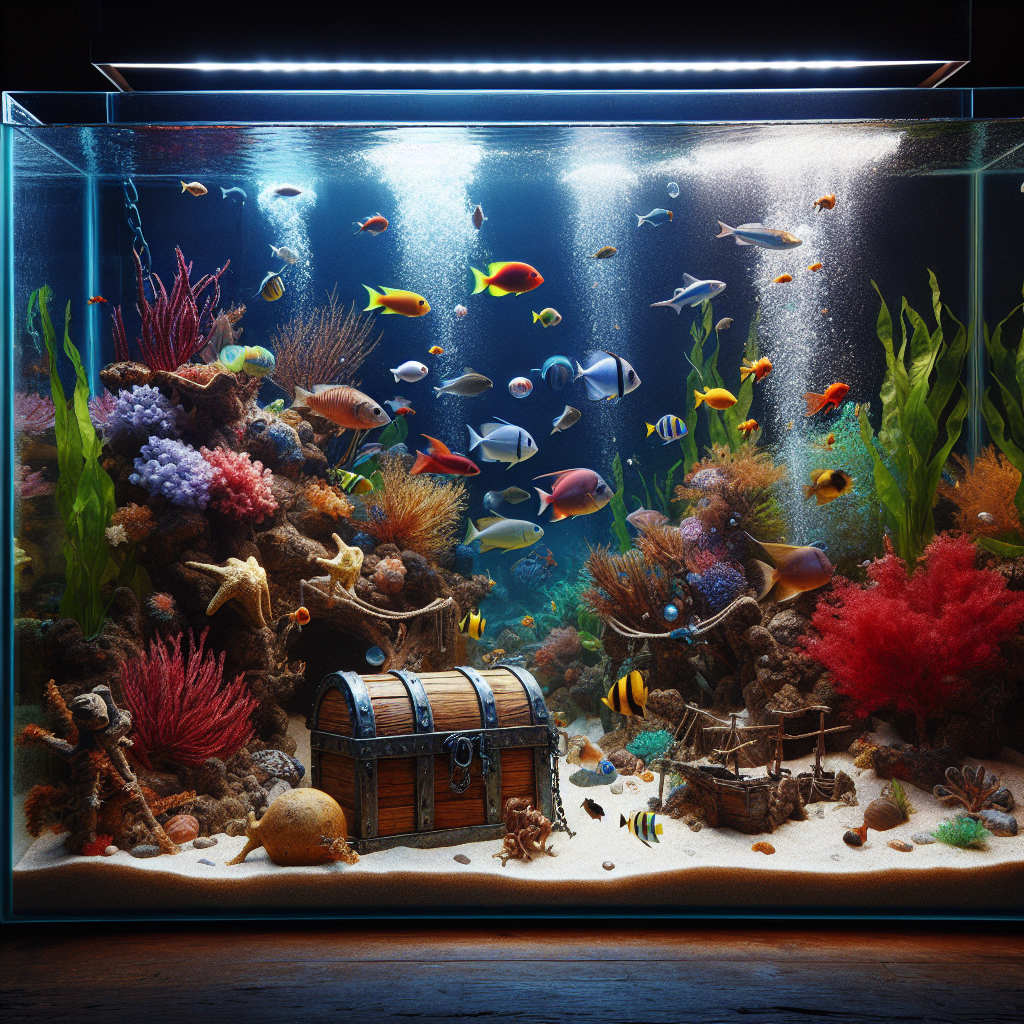Thriving Aquarium Life
Many find serenity in the tranquil ballet of fish gliding through their watery world within an aquarium. However, beneath the serene surface can lurk a less peaceful reality—aggression and bullying among tank inhabitants. For the high school student fascinated by aquatic life or tasked with maintaining the school's aquarium, understanding and managing these behaviors is essential for creating a harmonious environment.
Identifying Aggression
Different types of aquatic life display aggression in various ways. It may be as overt as a fish chasing its tank mates or as subtle as a coral releasing toxins. Recognizing the signs of bullying is the first step in addressing it:
- Chasing: If you see one fish constantly pursuing another, it's a significant sign of bullying.
- Nipping: Taking bites out of other fish or their fins could be either play or aggression.
- Hoarding Resources: Some fish may guard food or territory excessively.
- Stress Indicators: Look for clamped fins, hiding, or irregular swimming in victimized fish.
Causes of Hostility
Several factors can trigger aggressive behavior in an aquarium:
- Territory: Most fish are territorial by nature. Limited space can increase conflict.
- Competition: Fighting for food, mates, or the best sleeping spot is common.
- Mismatched Species: Incompatible species together may not understand each other's cues and conflict accidentally.
- Overcrowding: Too many fish in one tank can lead to stress and aggression.
Crafting Compatibility
To reduce aggression, one must be strategic in selecting tank mates. Research is key — know the temperament, size, dietary needs, and habitat preferences of each potential addition to your aquarium. One tool is the AqAdvisor website, an aquarium stocking guide that helps craft a compatible aquatic environment.
Environmental Enrichment
Creating an engaging environment can diminish bullying. Additions like plants, rocks, and hiding spots provide retreats and territories, helping to reduce conflict. For ideas, consider browsing these options:
Intervention Strategies
When aggression occurs, action is required:
- Reconfigure: Altering the tank's layout can disrupt established territories and reduce bullying. Explore our detailed guide on setting up your aquarium for layout ideas.
- Separation: Temporary isolation using a breeding box can give the aggressor or victim a time-out. Check out our range of aquarium gear for the right tools.
- Rehoming: In some cases, the best solution is to find a new home for the aggressor or the bullied fish.

Monitoring Aquarium Dynamics
Observing your aquarium's social dynamics is crucial. Regularly watching the interactions can clue you into emerging problems:
- Keep an eye on new additions to see how they integrate.
- Notice if any fish become isolated or injured.
- Observe during feeding to ensure all fish have access to food.
For practical examples of aggression and resolutions, consider watching these documentary-style videos:
Proactive Aquarium Management
Proactive management is your best defense against aggression and bullying. This entails:
- Quarantining new fish to observe for disease and temperament.
- Feeding adequately and consistently to reduce competition.
- Conducting regular water quality tests to maintain a stress-free environment.
Addressing aggression and bullying in your aquarium can seem daunting, but with the right knowledge and tools, you can maintain a balanced and stress-free environment for all your aquatic inhabitants.
Creating Aquatic Harmony
In essence, understanding the social dynamics of your aquarium and providing an optimized environment for your aquatic life are the keys to preventing aggression and bullying. With careful species selection and tank management, your underwater community can thrive in coexistence, offering a fascinating glimpse into the complexity and beauty of aquatic life for all who observe. For more insights, you may also refer to this external article on dealing with bullying between fish.